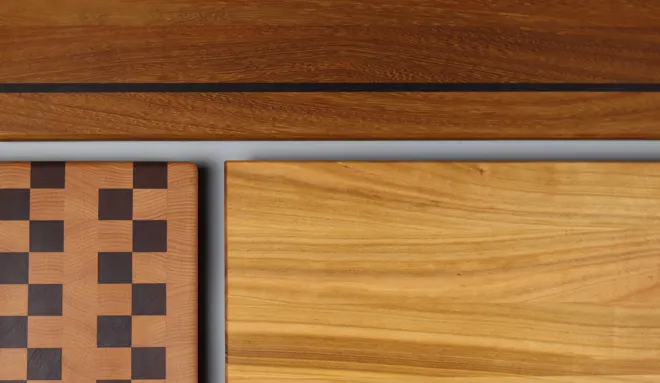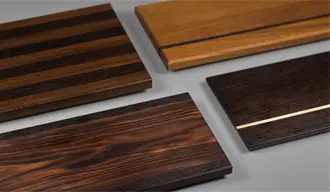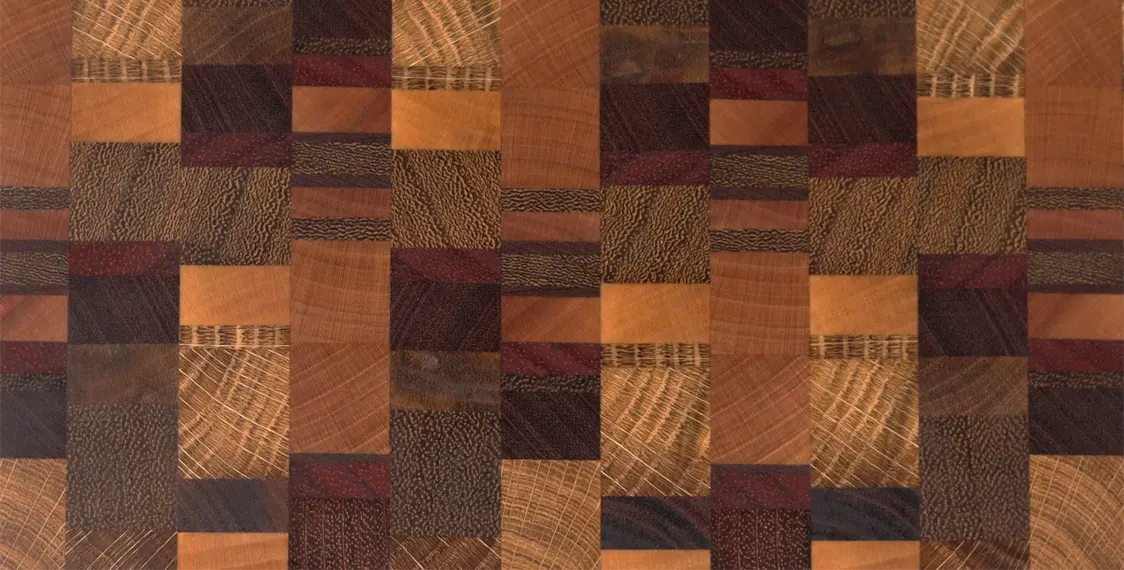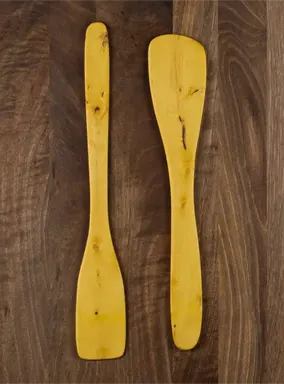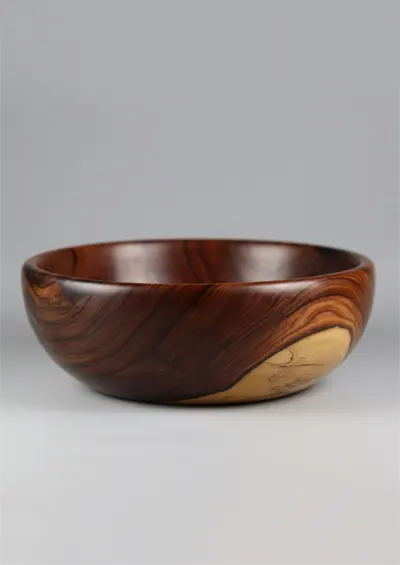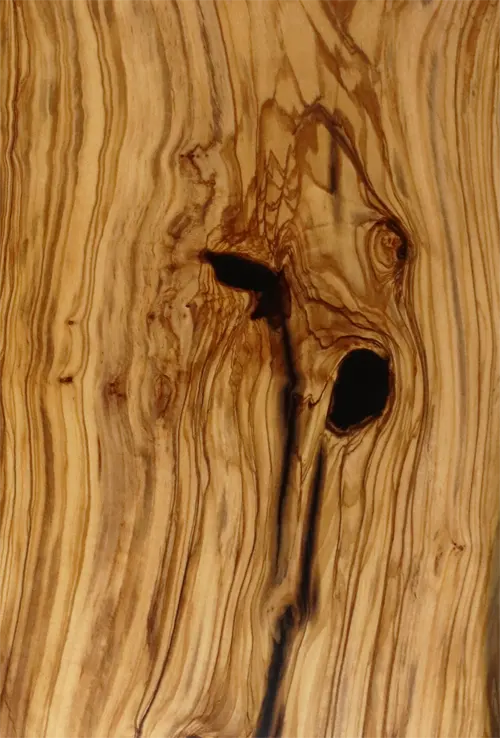Holm Oak Wood: Characteristics and Uses
Known for its density and durability, holm oak is a wood rarely used in carpentry and joinery. From the oak family, holm oak has been used for centuries due to its exceptional physical properties, although it has been mostly intended for use as fuel. This article explores in depth the characteristics and most common uses of holm oak wood.
What is Holm Oak Wood?
The holm oak (Quercus ilex) is a typical Mediterranean tree, characterized by its robustness and longevity. Its wood is prized not only for its strength but also for its natural beauty. The holm oak produces a dark brown, often striped, hardwood with a uniform grain and coarse texture, making it an ideal choice for applications requiring long-term durability.
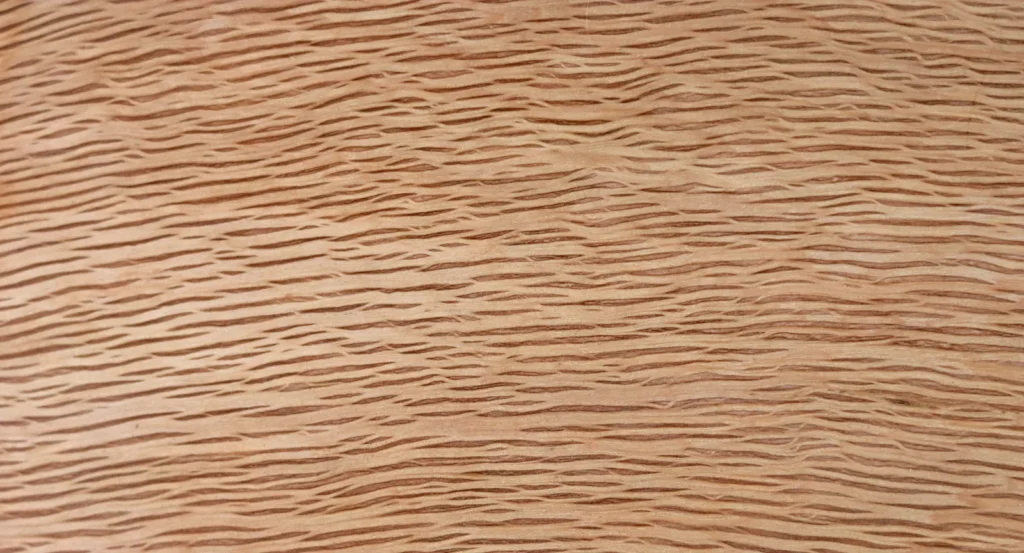
Properties of Holm Oak Wood
Hardness and density
Holm oak wood is extremely dense, with an average density of 850 kg/m³, which makes it highly resistant to both impact and wear. This hardness is ideal for projects that require durability, such as flooring and cutting boards.
Natural durability
One of the main advantages of holm oak is its durability. Thanks to its natural resistance to fungal and insect attack, it is suitable for both interior and exterior applications. It is especially resistant to moisture, making it perfect for use in environments where other woods might deteriorate.
Stability
Holm Oak has high dimensional stability, which means it is less prone to warping or cracking due to changes in temperature or humidity. This makes it an excellent choice for long-term projects.
Aesthetic appearance
The straight grain and dark brown to reddish color, along with its rough texture, make holm oak visually appealing. With the right finish, this wood becomes an elegant centerpiece in any design.
Technical characteristics of oak wood
| Property | Approximate value |
|---|---|
| Scientific name | Quercus ilex (holm oak) |
| Botanical family | Fagaceae |
| Colour | Light brown to dark brown, with paler sapwood |
| Texture | Fine to medium |
| Grain | Usually straight, occasionally braided |
| Hardness (Janka) | ~1,800 lbf (≈ 8.000 N) |
| Density | 930–1,200 kg/m³ (one of the densest woods in Europe) |
| Natural durability | High; resistant to impacts, fungi, and moderately to insects |
| Dimensional stability | Medium; can shift with changes in humidity if not dried properly |
| Ease of work | Low; difficult to machine and nail due to its hardness |
| Surface finish | Good if the surface is well prepared; accepts oils and waxes |
| Common uses | Floors, structural carpentry, beams, rustic furniture, agricultural tools, firewood and charcoal |
Uses of Holm Oak Wood in Cutting Boards
The strength and durability of holm oak wood make it a common choice for the manufacture of end grain cutting boards, especially in kitchens with demanding users. Its main applications in this field are highlighted below:
Resistance to cutting of holm oak wood
Thanks to its hardness, holm oak is able to withstand deep cuts without being easily damaged, which prolongs the life of the cutting boards. Because of this, it is recommended for use only in end grain boards, holm oak butcher blocks or end grain boards. This makes it an ideal choice for chefs and cooks who need a reliable cutting surface.
Porosity
Holm Oak is considered a fairly porous wood, so it must be kept hydrated and sealed to prevent deterioration. Like most woods, it has been shown to prevent bacterial growth over plastic materials or metals. This helps maintain a more hygienic kitchen environment, which is essential in high-demand environments.
Long-term durability
Unlike softer woods, Holm oak resists wear and tear from constant use. With proper maintenance, an holm oak cutting board can last for many years, making it a valuable investment.
Advantages and Considerations on Holm Oak Wood
Advantages:
- High durability: Holm Oak is extremely resistant to the elements, making it an ideal choice for both indoor and outdoor projects.
- Rustic aesthetics: The rustic appearance and rich coloration of holm oak make it attractive both in its natural and treated form.
- Moisture resistance: Its ability to resist moisture makes it an excellent choice for areas such as kitchens or bathrooms, where surfaces are likely to come in constant contact with liquids.
Considerations:
- Difficult to work with: Due to its extreme hardness, holm oak wood can be difficult to work with, especially in applications requiring precise cuts or detailed work.
- High weight: Its density also means that holm oak is a heavy wood, which can limit its use in certain types of projects that require lighter materials. Holm Oak boards, for example, are very heavy.
Conclusion
Holm Oak is a robust and durable choice for a wide variety of applications, from furniture to kitchen utensils such as cutting boards. Its natural strength, coupled with its aesthetic appeal, makes it an excellent investment for long-term projects, especially in environments where durability and moisture resistance are key factors. But it must be considered whether weight may be a constraint.
Visit our section of unique boards and other kitchen accessories.
FAQ – Frequently asked questions about holm oak wood
What is holm oak wood and where does it come from?
Holm oak wood comes from the Quercus ilex, a tree native to the Mediterranean. It is highly prized for its hardness, strength, and density, making it one of the hardest woods in Europe.
What does holm oak wood look like?
It ranges in color from light to dark brown, with a lighter sapwood and a generally straight grain. Its rustic, dense appearance makes it ideal for traditional furniture and structural applications.
How hard and dense is holm oak wood?
It is extremely hard and heavy, with a density that can exceed 1,000 kg/m³. Its Janka hardness is around 1,800 lbf, making it highly resistant to wear and impact.
Is holm oak wood resistant to moisture and insects?
It has good natural resistance to fungi and moderate resistance to wood-boring insects. However, since it is not a tropical wood, it may require treatment if directly exposed to water or the outdoors.
What are the most common uses of holm oak wood?
It’s used for flooring, structures, beams, rustic furniture, tool handles, and even for making charcoal due to its high calorific value. It’s also valued in cooperage and artisanal carpentry.
Can holm oak wood be used outdoors?
Yes, although it’s not its most common use. For outdoor use, it must be properly treated, as it can be susceptible to prolonged humidity. It’s more commonly used indoors or in rural settings.
Is holm oak wood easy to work with?
No. Due to its extreme hardness, it can be difficult to cut, drill, or nail. It’s recommended to use high-quality tools and be aware of its tendency to crack if not properly dried.
How does the holm oak behave when it dries out?
Holm oak can move significantly when drying, so it requires a slow and controlled drying process to avoid warping or cracking. Once stabilized, its performance is excellent.
Is holm oak a sustainable wood?
Yes. The holm oak is abundant in Mediterranean areas, and its forest management is regulated. Furthermore, many harvests are made in sustainable dehesa forests, such as those on the Iberian Peninsula.
What makes it different from other oak or quercus woods?
Unlike European or American oak, holm oak has a tighter, more compact structure, greater density, and a darker color. It’s less used in modern decor, but highly valued in traditional and resilient settings.
Otras entradas del blog

Do I need a hardwood for a cutting board?
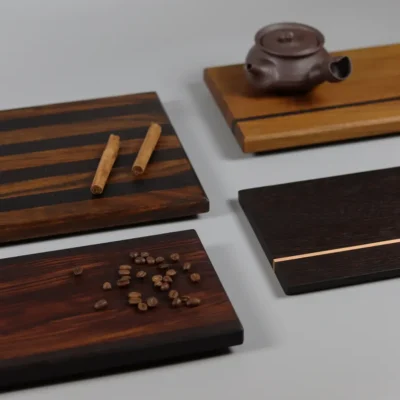
Restaurant serving boards: a complete guide
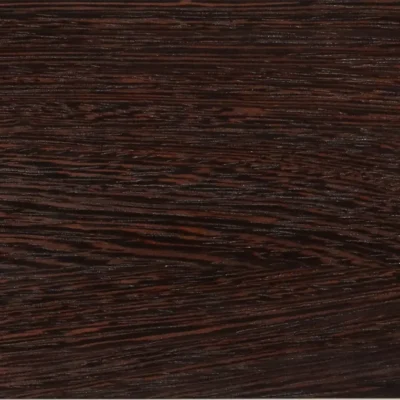
Wenge Wood: Uses and Characteristics

Boxwood: Uses and Characteristics
Nuestras tablas de cortar:
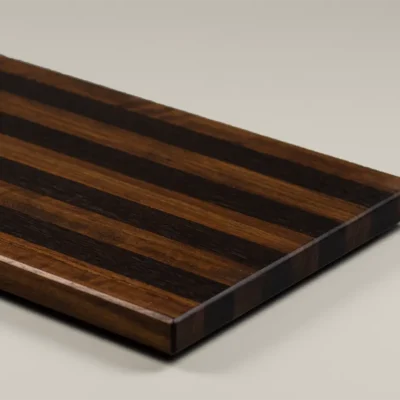
UMBRA
serving board
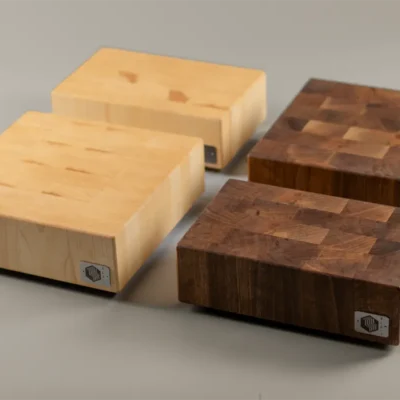
FORTIS
small chopping board
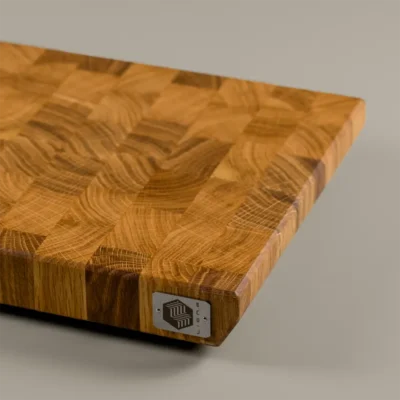
Pura
Oak oak butcher block
Pura
Oakoak butcher block
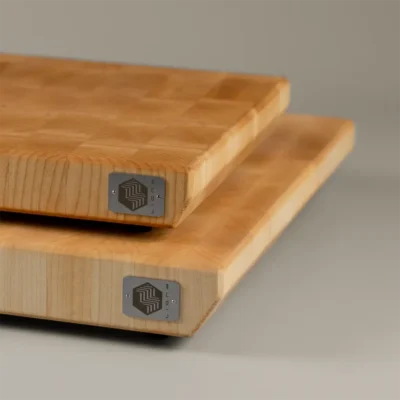
Pure
Maple maple butcher block
Pure
Maplemaple butcher block
